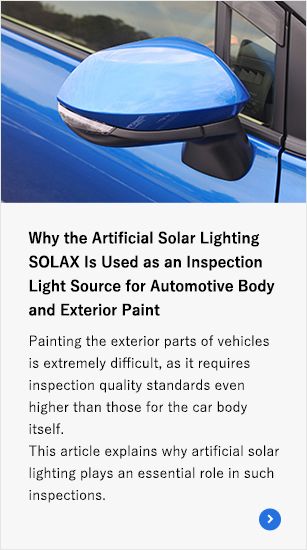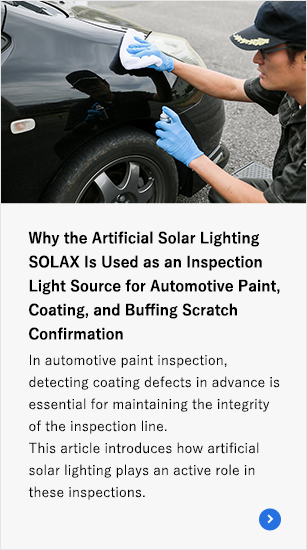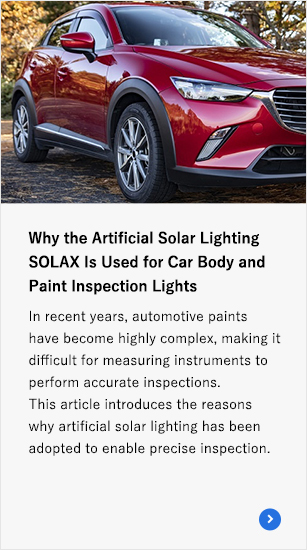Car design is not just about the exterior. Of course, a stylish appearance is important, but comfort inside of the car has also recently become increasingly important. Active development is underway to improve various aspects of interior comfort, such as seat comfort and texture, audio quality, visibility, air conditioning performance, and air purification. When level 5 fully autonomous driving finally begins, car interiors will truly become “moving living rooms.”
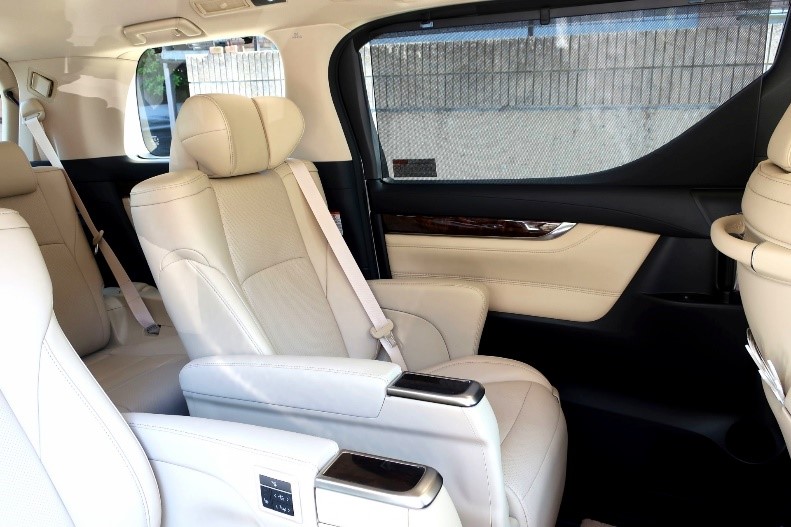
Apart from that, there are also various types of interiors that users desire. People also have diverse preferences for interior colors, such as chic and profound blacks, leather-like and luxurious browns, bright and soft beiges, and sharp and stylish whites. The requirements for interiors change not only depending on the type of car, but also on the user’s circumstances, such as income, age, family structure, and hobbies. Since it is possible to have a luxurious interior even in a medium-sized mass-market car or a kei car, the possible patterns are limitless.
Of course, interiors are not going to be a single color. Various colors are chosen depending on the material. Seats may be made of leather or fabric. The dashboard is often made of plastic, and the floor is often made of fabric. When interior material manufacturers receive orders from automobile manufacturers, what they produce is often based on color samples provided by the automobile manufacturers.
The color samples have upper and lower limits set, and production is required to be within that range. We were once shown the upper and lower limits of the color samples, but the difference between them was so subtle that it was almost impossible for a layperson to discern it. There is a difficulty in having to manufacture within such a small range of margins. Checking whether a product is manufactured within that range is done by both visual inspection and measuring instruments such as color difference meters.
The problem here is that adjacent parts made of the same material may have been produced in different lots. For example, the registers for the air conditioning outlets must be the same color as the dashboard and airbag covers, but the raw materials for all of these are not necessarily from the same lot. It is also likely that the leather for the shift knob cover and the steering wheel are produced in different lots. Color management techniques are used to eliminate color differences between lots, but depending on the gloss or finish of the surface, it may not be possible to measure them accurately.

The three photos above show the interior of a privately-owned car. In the picture on the left, the seat and headrest are supposed to be made of the same fabric, but it is possible that fabric from different lots was used in production. In the middle photo as well, it appeared that the same fabric was used for the back of the seat and the trunk. In the picture on the right, the dashboard and the control panel may even have different manufacturing processes, and in some cases, may be produced in different factories. In the picture, the dashboard and the control panel appear to be slightly different in color. The plastic used here is unique and is designed to show different colors depending on the viewing angle. It is difficult to evaluate the color of products that have undergone this sort of surface treatment. Naturally, visual inspections should be conducted.
Artificial solar lighting XELIOS is highly valued for the visual inspection of products like these.
The reasons are:
•The spectral characteristics of artificial solar lighting are extremely close to those of natural sunlight around noon on a clear day, with 2 hours on either side, and they have the world’s best characteristics as light sources for accurate color evaluation and management.
•Since there is no flicker with DC lighting, your eyes do not get tired.
•Since changes over time are extremely small, its characteristics as an evaluation light source remain unchanged, allowing for long-term use.
These are the three advantages.
In recent years, high color-rendering LEDs have sometimes been used, but many customers say that artificial solar lighting is necessary to accurately see fine color differences, such as matching a product’s color to a color sample with subtle differences as mentioned above.
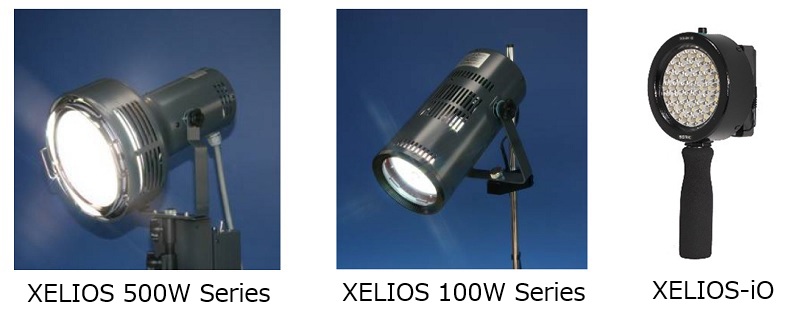
The 500W series is used for inspecting entire control panels and sheets, the 100W series is used for inspecting small products, and the handy XELIOS-iO is used for inspections from various angles. We have prepared a lineup to meet your needs.
If you would like to evaluate the color of automotive interior materials under the correct lighting conditions, please feel free to contact our experienced team.

